
Konza Prairie: A Living Laboratory of the Tallgrass Prairie
Discover the beauty and science of the tallgrass prairie at Konza Prairie Biological Station, where nature and research converge in the heart of Kansas.
The Konza Prairie Biological Station is a unique and beautiful destination in the Flint Hills of Kansas. This 8,600-acre site is one of the last remnants of the tallgrass prairie ecosystem, which once covered the central United States. Visitors can explore a landscape that has been preserved and studied for decades, making it a living laboratory for scientists and a peaceful retreat for nature lovers. Hiking trails of various lengths wind through the prairie, offering breathtaking views of rolling hills, native grasses, and wildflowers. The area is also home to diverse wildlife, including bison, deer, and numerous bird species, making it a paradise for bird watchers and photographers. The trails are well-marked and provide information about the unique flora and fauna found in the region. In addition to its natural beauty, the Konza Prairie is an important research site. Managed by Kansas State University, it hosts numerous studies on ecology, climate change, and land management. Visitors can learn about ongoing research projects and the importance of prairie ecosystems through interpretive signs and occasional guided tours. Whether you are a science enthusiast or simply seeking tranquility, the Konza Prairie offers a rare glimpse into a vanishing world.
Local tips in Konza Prairie Biological Station
- Visit early in the morning or late in the afternoon to avoid the midday heat and see more wildlife.
- Bring plenty of water and wear sturdy shoes, as the trails can be rugged and the sun intense.
- Check the weather forecast before you go; the prairie can be windy and storms can roll in quickly.
- Respect the wildlife and stay on marked trails to help preserve the delicate ecosystem.
- Consider visiting in different seasons to experience the changing landscape and blooming wildflowers.
Konza Prairie: A Living Laboratory of the Tallgrass Prairie
The Konza Prairie Biological Station is a unique and beautiful destination in the Flint Hills of Kansas. This 8,600-acre site is one of the last remnants of the tallgrass prairie ecosystem, which once covered the central United States. Visitors can explore a landscape that has been preserved and studied for decades, making it a living laboratory for scientists and a peaceful retreat for nature lovers. Hiking trails of various lengths wind through the prairie, offering breathtaking views of rolling hills, native grasses, and wildflowers. The area is also home to diverse wildlife, including bison, deer, and numerous bird species, making it a paradise for bird watchers and photographers. The trails are well-marked and provide information about the unique flora and fauna found in the region. In addition to its natural beauty, the Konza Prairie is an important research site. Managed by Kansas State University, it hosts numerous studies on ecology, climate change, and land management. Visitors can learn about ongoing research projects and the importance of prairie ecosystems through interpretive signs and occasional guided tours. Whether you are a science enthusiast or simply seeking tranquility, the Konza Prairie offers a rare glimpse into a vanishing world.
When is the best time to go to Konza Prairie Biological Station?
Unmissable attractions to see
Tuttle Creek State Park
Explore the stunning landscapes, recreational activities, and serene nature of Tuttle Creek State Park in Manhattan, Kansas, a true outdoor paradise.
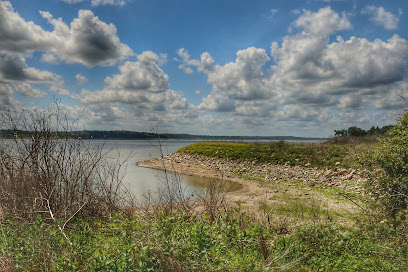
CiCo Park
Discover the beauty of CiCo Park in Manhattan, Kansas, where nature meets recreation in a serene urban setting perfect for all ages.
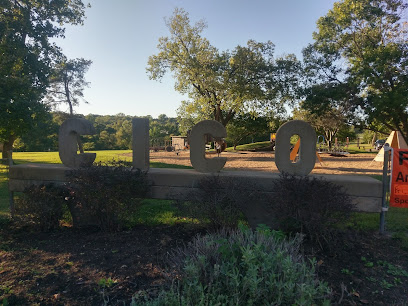
Pillsbury Crossing Wildlife Area
Experience the natural beauty and tranquility of Pillsbury Crossing Wildlife Area, a must-visit destination for nature lovers in Manhattan, Kansas.
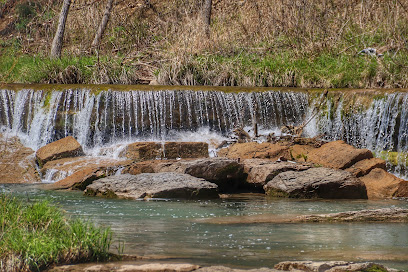
Frank Anneberg Park
Discover Frank Anneberg Park in Manhattan, Kansas – a serene city park perfect for recreation, relaxation, and family fun amidst nature's beauty.
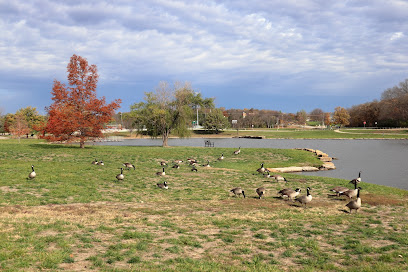
Konza Prairie Kansas Valley lookout point
Experience the stunning vistas at Konza Prairie Kansas Valley lookout, where nature's beauty unfolds in the breathtaking Flint Hills of Kansas.
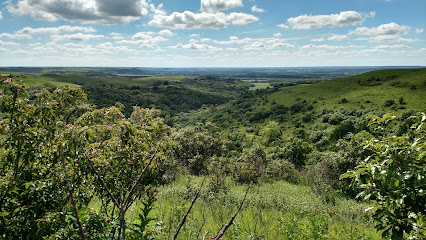
Liquid Art Winery And Estate
Experience the beauty of Liquid Art Winery and Estate in Manhattan, KS, where exquisite wines meet stunning vineyard views and lively events.
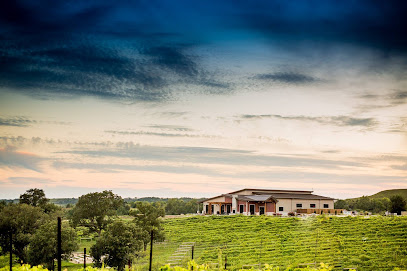
Midwest Dream Car Collection
Explore the Midwest Dream Car Collection in Manhattan, Kansas, where vintage cars and automotive history come alive in an engaging museum experience.
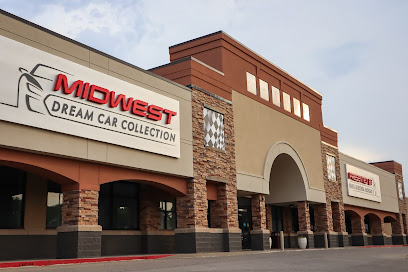
Fairmont Park
Explore Fairmont Park: A serene oasis in Manhattan, Kansas, perfect for outdoor activities, relaxation, and family fun.
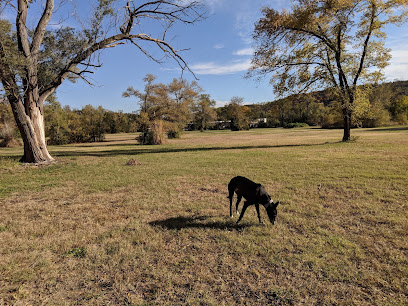
K-State Gardens Fountain
Explore the enchanting K-State Gardens Fountain in Manhattan, KS, a harmonious blend of nature and artistry in a tranquil setting.
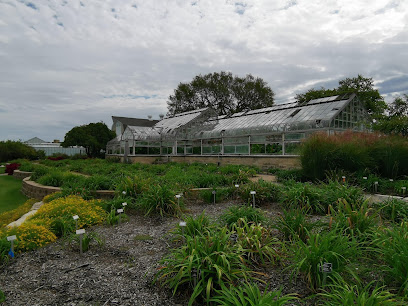
Blue Earth Plaza
Explore the tranquil beauty of Blue Earth Plaza in Manhattan, Kansas, where art, nature, and community come together in a vibrant urban park.
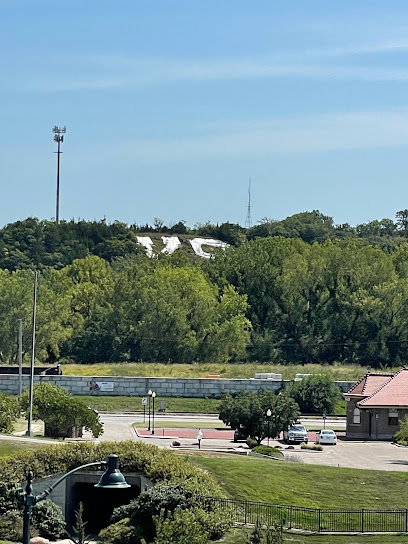
Bluemont Scenic Overlook
Discover stunning views and rich history at Bluemont Scenic Overlook, a scenic gem in Manhattan, Kansas, perfect for nature lovers and photographers.
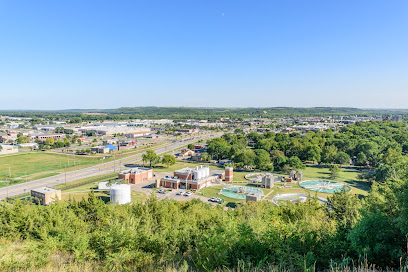
K-State Insect Zoo
Explore the intriguing world of insects at K-State Insect Zoo, a captivating attraction in Manhattan, Kansas, perfect for all ages.
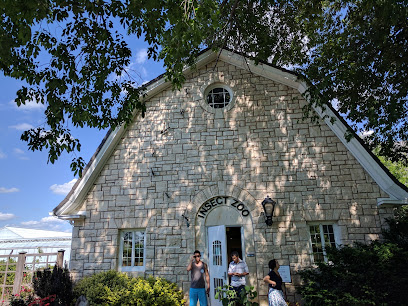
Marianna Kistler Beach Museum of Art
Discover the artistic heritage of America at the Marianna Kistler Beach Museum of Art, a cultural gem in Manhattan, Kansas.
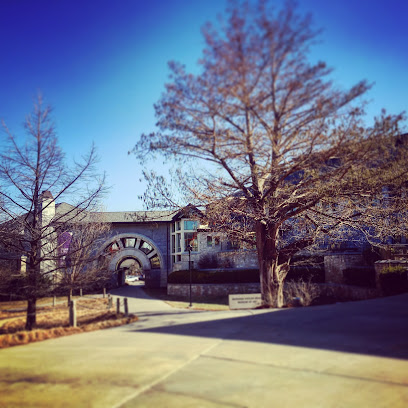
Warner Memorial Park
Explore the tranquil beauty of Warner Memorial Park in Manhattan, KS, a perfect retreat for nature lovers and outdoor enthusiasts.
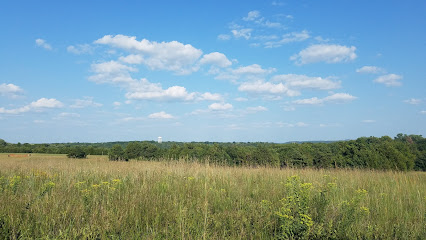
Wildwood Adventure Park
Discover Wildwood Adventure Park: an exhilarating outdoor escape in Manhattan, Kansas, perfect for adventure seekers and nature lovers alike.
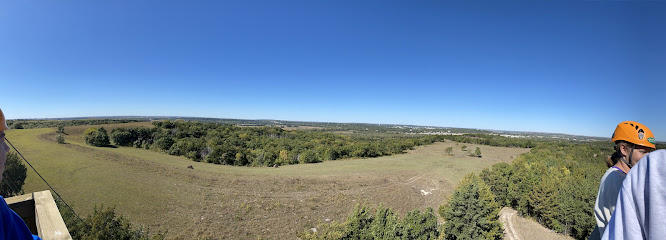
Markets, malls and hidden boutiques
Five Below
Explore Five Below in Manhattan, KS for an exciting shopping adventure featuring gifts, toys, and accessories—all for $5 or less!
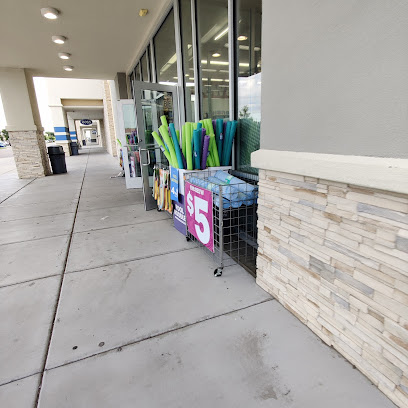
Mama Fang's Asian Market
Explore the flavors of Asia at Mama Fang's Asian Market, your gateway to authentic ingredients and culinary delights in Manhattan, Kansas.
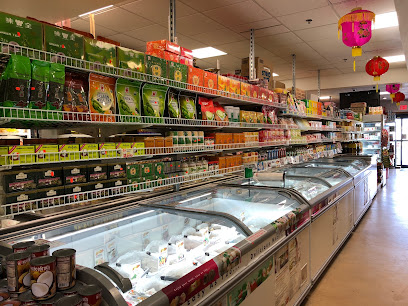
Books-A-Million
Discover a world of books, collectibles, and hobbies at Books-A-Million in Manhattan, Kansas, where every visit is a new adventure.
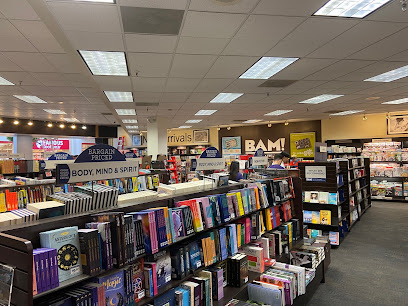
Goblin Games
Explore the vibrant world of tabletop gaming at Goblin Games, Manhattan's premier board game store with a welcoming community atmosphere.
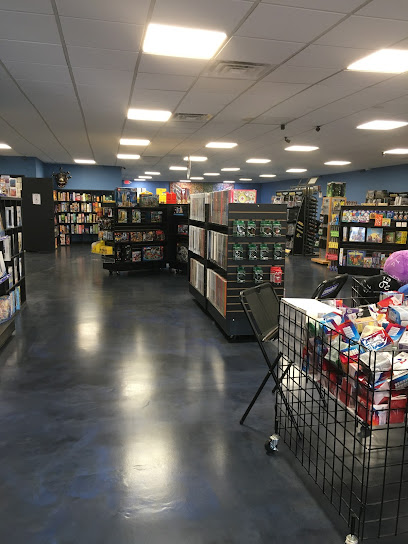
On the Wildside
Explore On the Wildside, a whimsical novelty store in Manhattan, Kansas, filled with unique treasures and delightful gifts.
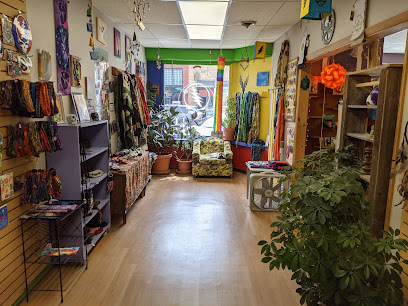
Sisters of Sound Records
Discover a treasure trove of vinyl and music memorabilia at Sisters of Sound Records in Manhattan, Kansas - a must-visit for every music lover.
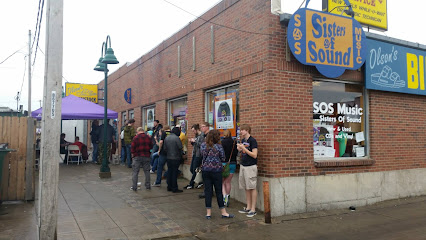
Konza Prairie Biological Station
Discover the natural wonders of Konza Prairie Biological Station, a premier nature preserve in Kansas, perfect for hiking, wildlife watching, and ecological research.
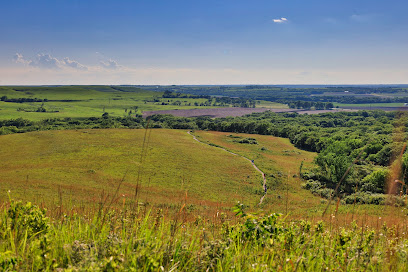
Konza Prairie Nature Trail
Discover the natural beauty of Konza Prairie Nature Trail, a picturesque hiking area in Kansas, perfect for outdoor adventures and wildlife viewing.
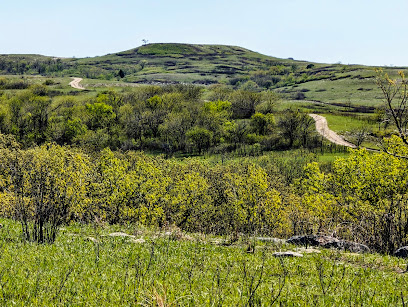
ACME gift
Explore ACME Gift Shop in Manhattan, KS for unique souvenirs, gifts, and local flower delivery, perfect for sharing a piece of Kansas with loved ones.
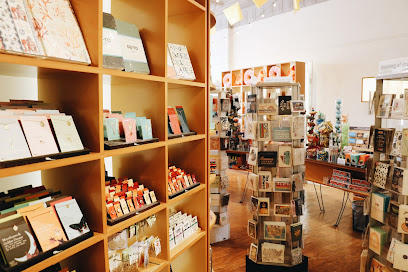
Vintage Round Up
Uncover unique vintage treasures and nostalgic finds at Vintage Round Up, Manhattan's premier antique store, offering a delightful shopping experience.
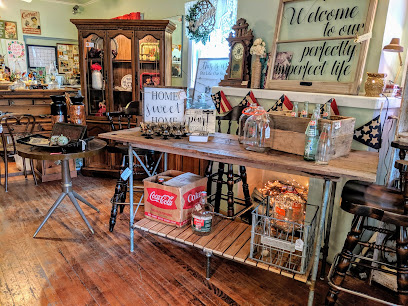
Eclectic Charm
Explore Eclectic Charm in Manhattan, KS – your destination for unique second-hand furniture and home goods that inspire creativity and sustainable living.

Blue River Traders
Explore the charm of Blue River Traders, a unique gift shop in Manhattan, Kansas, featuring handcrafted items and stylish furniture for every taste.
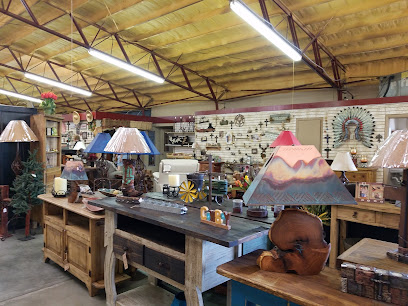
Yee Haw Country Outfitters/Pink Armadillo
Experience the spirit of the West at Yee Haw Country Outfitters, your go-to destination for authentic Western apparel in Manhattan, Kansas.

Gatherings At 3 Thirteen
Explore Gatherings At 3 Thirteen in Manhattan, Kansas - a unique gift shop for home goods and local treasures that capture the essence of the region.
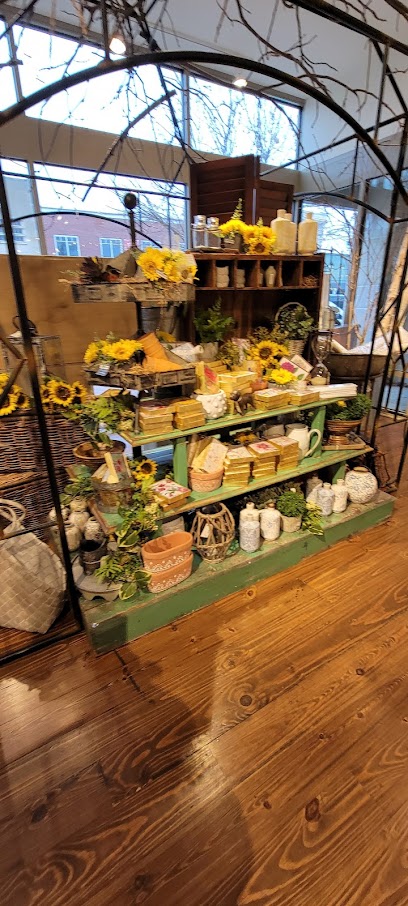
14 19 Mercantile Llc
Explore 14 19 Mercantile in Manhattan, Kansas—your one-stop shop for unique gifts and home goods that capture local charm and creativity.
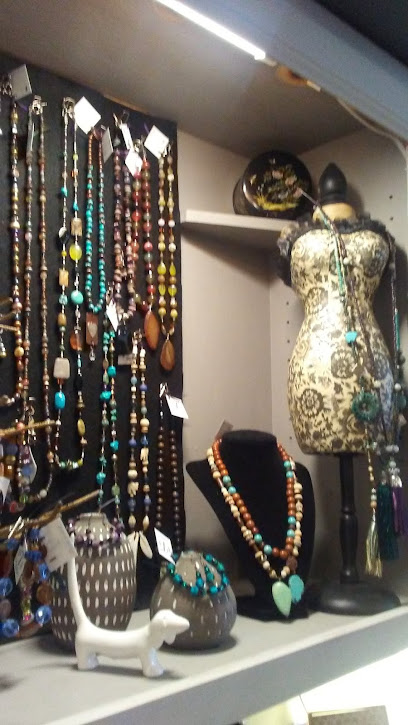
Essential bars & hidden hideouts
Texas Roadhouse
Discover the mouthwatering flavors at Texas Roadhouse, Manhattan's top destination for steak and American cuisine.
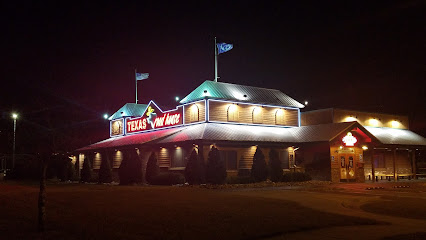
Tallgrass Tap House
Experience the best of local flavors at Tallgrass Tap House, a celebrated brewpub in Manhattan, Kansas, featuring craft beers and innovative cuisine.
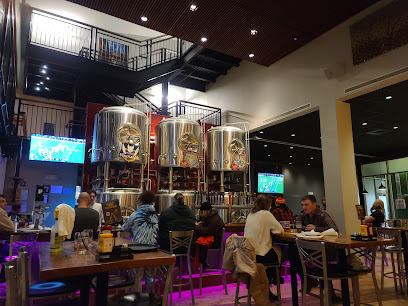
Bourbon & Baker
Experience the unique blend of American flavors and artisanal baked goods at Bourbon & Baker in Manhattan, KS.
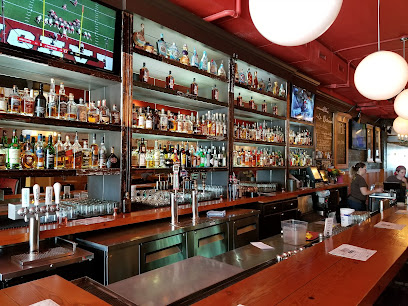
So Long Saloon
Discover the vibrant atmosphere and delicious menu at So Long Saloon, Manhattan's must-visit bar and restaurant for food lovers and fun seekers.
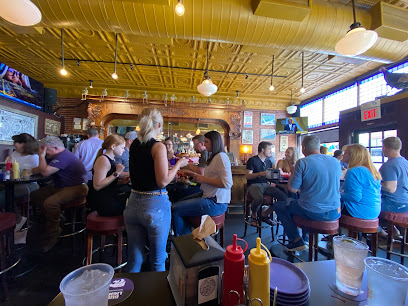
Powercat Sports Grill
Experience the excitement of live sports and delicious American cuisine at Powercat Sports Grill in Manhattan, Kansas.

Houlihan's
Experience the best of American cuisine at Houlihan's in Manhattan, KS, where comfort food meets a vibrant atmosphere for unforgettable meals.

Tanner's Bar & Grill
Experience the perfect blend of American cuisine and sports entertainment at Tanner's Bar & Grill in Manhattan, Kansas.
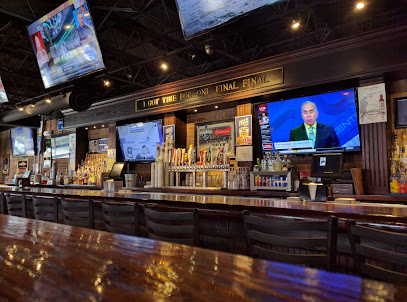
Kite's Bar & Grill
Experience the excitement of sports at Kite's Bar & Grill, where delicious American cuisine meets a vibrant atmosphere in Manhattan, KS.
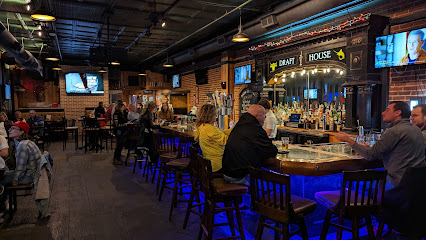
Finn's Neighborhood Pub
Experience the local charm and vibrant nightlife at Finn's Neighborhood Pub, Manhattan's beloved bar featuring cocktails, live music, and a warm welcome.
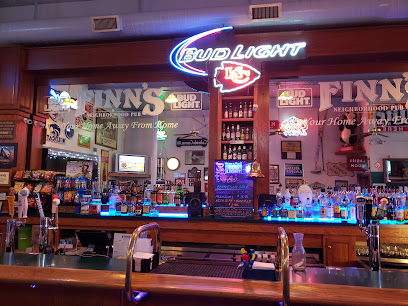
Wine Dive + Kitchen
Experience the perfect blend of casual dining and fine cuisine at Wine Dive + Kitchen in Manhattan, Kansas, where every meal is a celebration of flavor.
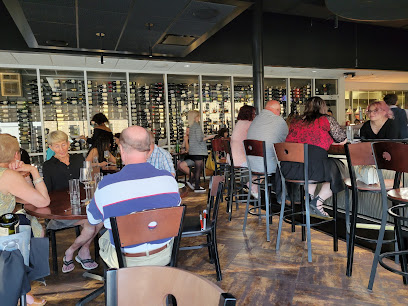
RC McGraws Bar and Grill
Experience the vibrant nightlife of Manhattan, Kansas at RC McGraws Bar and Grill, where great food, drinks, and entertainment await.
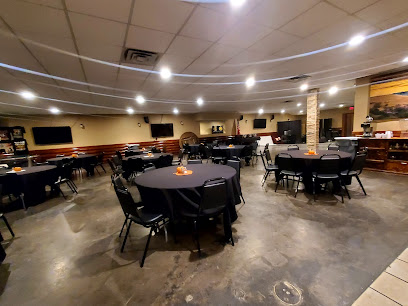
Auntie Mae's Parlor
Discover the inviting atmosphere and vibrant social scene at Auntie Mae's Parlor, Manhattan's beloved bar, perfect for craft cocktails and live events.
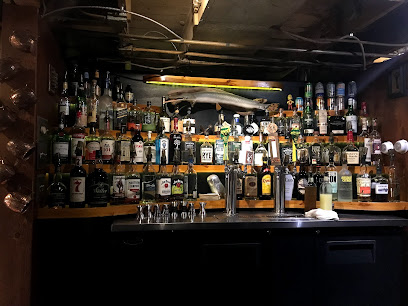
Mr. K's Cafe & Bar
Discover the inviting atmosphere and diverse American menu at Mr. K's Cafe & Bar in Manhattan, Kansas - a perfect dining destination for every traveler.
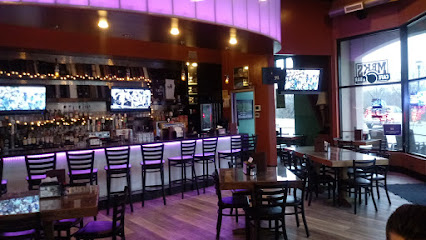
The Hi Lo
Experience the lively atmosphere and delicious menu at The Hi Lo, Manhattan's favorite bar for burgers, pizza, and unforgettable memories.
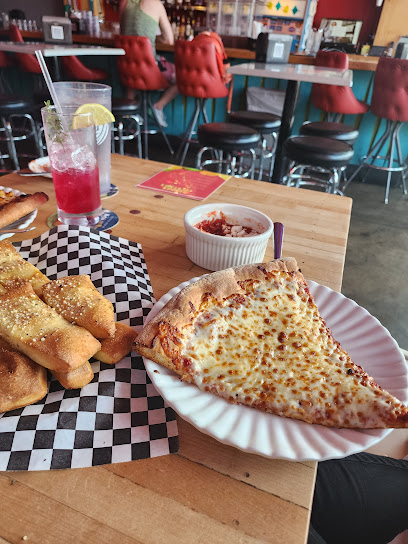
JP's Sports Bar and Grill
Discover the ultimate sports bar experience at JP's Sports Bar and Grill in Manhattan, KS, offering delicious food and a vibrant atmosphere.
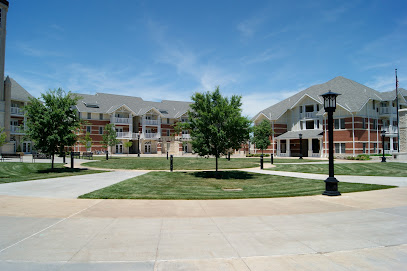
Local Phrases about Konza Prairie Biological Station
-
- HelloHowdy
[haw-dee] - GoodbyeSee ya
[see yuh] - YesYep
[yep] - NoNah
[nah] - Please/You're welcomePlease and thank ya
[pleez and thank yuh] - Thank youMuch obliged
[much uh-blaigd] - Excuse me/SorryPardon me
[pard-un me] - How are you?Howdy
[haw-dee] - Fine. And you?Doin' well. And you?
[doin' well. And yuh?] - Do you speak English?Ya speak English?
[yuh speak ing-glish?] - I don't understandAin't catchin' on
[aint ketch-in on]
- HelloHowdy
-
- I'd like to see the menu, pleaseMind if I take a gander at the bill o' fare?
[mind if I take uh gan-dur at the bill uh fair?] - I don't eat meatI don't eat critters
[I don't eat crit-ters] - Cheers!Bottoms up!
[bottoms up!] - I would like to pay, pleaseI reckon it's time to settle up
[I reckon its time to settle up]
- I'd like to see the menu, pleaseMind if I take a gander at the bill o' fare?
-
- Help!Git over here!
[git over here!] - Go away!Get on outta here!
[get on out-ta here!] - Call the Police!Ring up the Sheriff!
[ring up the sheriff!] - Call a doctor!Fetch the Doc!
[fetch the doc!] - I'm lostDone gone lost
[done gone lost] - I'm illI'm feelin' poorly
[I'm feelin' poorly]
- Help!Git over here!
-
- I'd like to buy...I'm fixin' to purchase...
[I'm fixin' to purchase...] - I'm just lookingI'm just browsin'
[I'm just browsin'] - How much is it?What's the damage?
[whats the dam-ij] - That's too expensiveThat's a mite pricey
[that's a mite pricey] - Can you lower the price?Can ya do any better on the price?
[can yuh do any better on the price?]
- I'd like to buy...I'm fixin' to purchase...
-
- What time is it?What's the hour?
[whats the hour?] - It's one o'clockIt's a tick past one
[its a tick past one] - Half past (10)Half past ten
[half past ten] - MorningMornin'
[mornin'] - AfternoonAfternoon
[afternoon] - EveningEvenin'
[evenin'] - YesterdayYest'day
[yest-day] - TodayToday
[today] - TomorrowTomorra
[tomorra] - 1One
[wan] - 2Two
[too] - 3Three
[three] - 4Four
[four] - 5Five
[five] - 6Six
[six] - 7Seven
[seven] - 8Eight
[eight] - 9Nine
[nine] - 10Ten
[ten]
- What time is it?What's the hour?
-
- Where's a/the...?Where's the...
[wheres the...] - What's the address?Where's it located?
[wheres it lo-cated?] - Can you show me (on the map)?Can you point it out?
[can you point it out?] - When's the next (bus)?When's the next stagecoach?
[whens the next stage-coach?] - A ticket (to ....)A pass (to ...)
[a pass (to ...)]
- Where's a/the...?Where's the...
History of Konza Prairie Biological Station
-
The Konza Prairie Biological Station was established in 1971 as a collaborative effort between The Nature Conservancy and Kansas State University. This unique research station was created to study the tallgrass prairie ecosystem, one of the most endangered ecosystems in North America. The station spans over 8,600 acres of native tallgrass prairie and is a critical site for long-term ecological research.
-
The Nature Conservancy played a crucial role in the establishment and ongoing preservation of the Konza Prairie. The organization acquired the land in the 1970s with the goal of conserving the tallgrass prairie ecosystem. The partnership with Kansas State University allowed for a unique blend of conservation and scientific research, making Konza Prairie a model for similar efforts worldwide.
-
In 1981, Konza Prairie became part of the National Science Foundation's Long-Term Ecological Research (LTER) network. This designation has facilitated numerous groundbreaking studies on prairie ecology, including research on fire management, grazing by large herbivores, and the effects of climate change. The LTER program has significantly contributed to our understanding of grassland ecosystems and their responses to environmental changes.
-
Long before its scientific significance was recognized, the land that now constitutes Konza Prairie was inhabited by various Indigenous peoples. The Kaw Nation, in particular, has deep historical ties to the region. The prairie was a vital part of their livelihood, providing food, medicinal plants, and materials for shelter. Understanding and respecting the cultural history of the land is an essential aspect of the conservation efforts at Konza Prairie.
-
Konza Prairie has been at the forefront of research on the role of fire in maintaining the health of tallgrass prairies. Controlled burns, a practice used by Indigenous peoples for centuries, are now a key management tool at the station. Research conducted at Konza has demonstrated the benefits of periodic fires in controlling invasive species, promoting biodiversity, and maintaining the prairie ecosystem.
-
In 1987, bison were reintroduced to Konza Prairie as part of an effort to restore the natural grazing processes that are essential for the health of tallgrass prairie ecosystems. The herd has since become a vital component of ongoing research, providing valuable insights into the interactions between large herbivores, vegetation, and other ecological factors. The reintroduction of bison has also helped to preserve the cultural heritage of the Great Plains.
-
Konza Prairie Biological Station is not only a hub for scientific research but also a center for education and public outreach. The Konza Environmental Education Program (KEEP) offers educational opportunities for students, teachers, and the general public, fostering a greater understanding of prairie ecosystems and the importance of conservation. Public trails and guided tours allow visitors to experience the beauty and complexity of the tallgrass prairie firsthand.
Konza Prairie Biological Station Essentials
-
Konza Prairie Biological Station is located in the Flint Hills region of northeastern Kansas, about 10 miles south of Manhattan, Kansas. The closest airport is Manhattan Regional Airport (MHK), which is about a 20-minute drive from the prairie. Alternatively, Kansas City International Airport (MCI) is approximately 2 hours away by car. From either airport, you can rent a car or use ride-sharing services to reach the station. Public transportation options are limited, so renting a car is recommended for convenience.
-
Once at Konza Prairie, transportation options are primarily limited to walking and driving. The prairie has well-marked hiking trails that allow visitors to explore the area on foot. For those looking to venture further into the surrounding areas, car rentals are available in Manhattan. Biking is another viable option, but be prepared for rough terrain in some areas. There are no public transport services directly serving the Konza Prairie Biological Station.
-
The official currency in the United States is the US Dollar (USD). Credit and debit cards are widely accepted in Manhattan and surrounding areas, including at gas stations, restaurants, and shops. ATMs are available in Manhattan for cash withdrawals. It is advisable to carry some cash, especially when visiting more remote areas or small establishments that may not accept cards.
-
Konza Prairie Biological Station is generally a safe area to visit. However, like any travel destination, it is important to take standard precautions. Ensure you have adequate water and supplies when hiking, as the weather can be unpredictable, and certain areas may not have cell phone coverage. Manhattan, Kansas, is also considered safe, but visitors should still be cautious in unfamiliar areas, especially at night. There are no high-crime areas specifically targeting tourists.
-
In case of emergency, dial 911 for immediate assistance. The nearest hospital is Via Christi Hospital in Manhattan, which is equipped to handle medical emergencies. It is advisable to have travel insurance that covers medical emergencies. For non-urgent medical issues, there are pharmacies in Manhattan where over-the-counter medications can be purchased. Carry a basic first aid kit when hiking in the prairie.
-
Fashion: Do wear comfortable, weather-appropriate clothing and sturdy shoes for hiking. Avoid wearing flip-flops or open-toed shoes. Religion: Do respect the natural environment and the research being conducted at the station. Public Transport: Do plan your transportation ahead of time, as public transport options are limited. Greetings: Do greet locals and staff with a friendly hello or a nod. Eating & Drinking: Do bring your own water and snacks, as there are no vending or dining facilities on-site. Don't leave trash behind; pack out what you pack in.
-
To experience Konza Prairie Biological Station like a local, take the time to visit the Konza Prairie Nature Trail. Start your hike early in the morning to enjoy the sunrise and the active wildlife. Engage with researchers or staff if you come across them; they are often willing to share insights about their work and the prairie ecosystem. Attend any public lectures or events hosted by the Konza Environmental Education Program for a deeper understanding of the area's ecological significance.
Nearby Cities to Konza Prairie Biological Station
-
Things To Do in Topeka
-
Things To Do in Emporia
-
Things To Do in Salina
-
Things To Do in Hutchinson
-
Things To Do in Wichita
-
Things To Do in Kansas City
-
Things To Do in Independence
-
Things To Do in Lincoln
-
Things To Do in Omaha
-
Things To Do in Council Bluffs
-
Things To Do in Grand Island
-
Things To Do in Bartlesville
-
Things To Do in Kearney
-
Things To Do in Joplin
-
Things To Do in Sedalia








